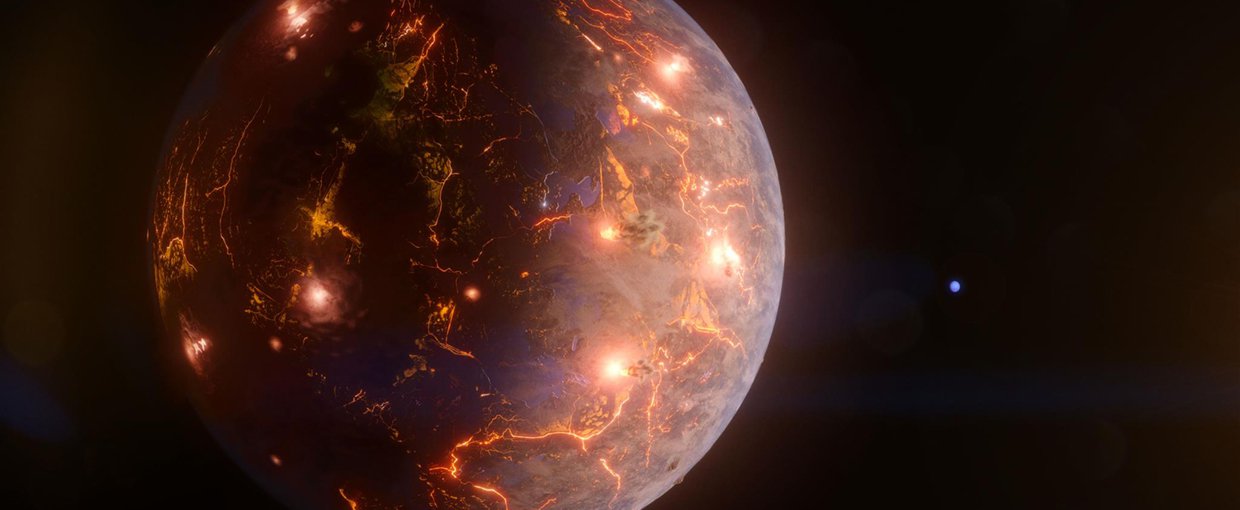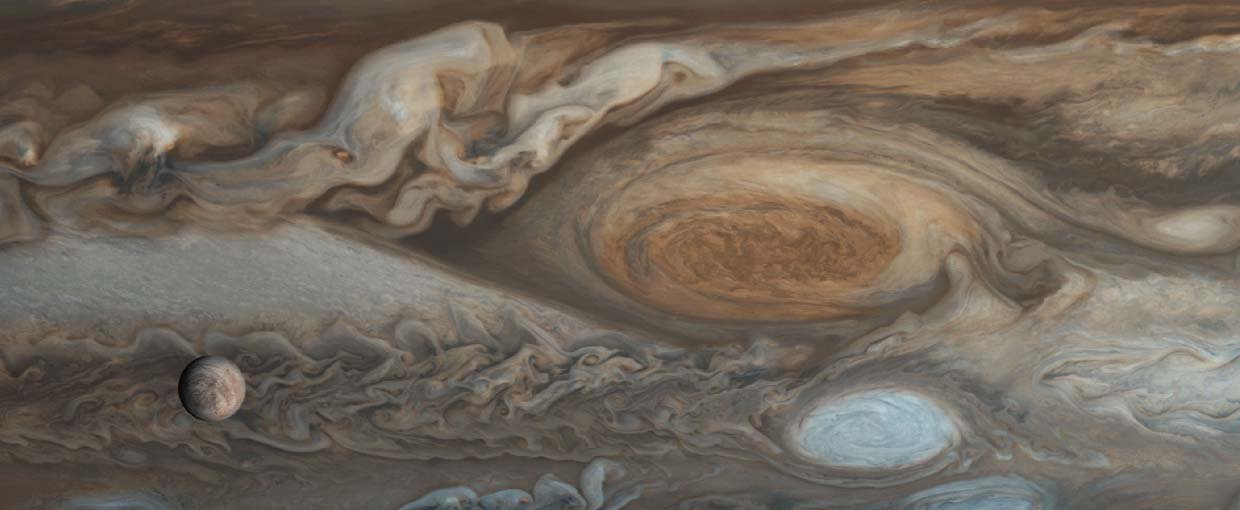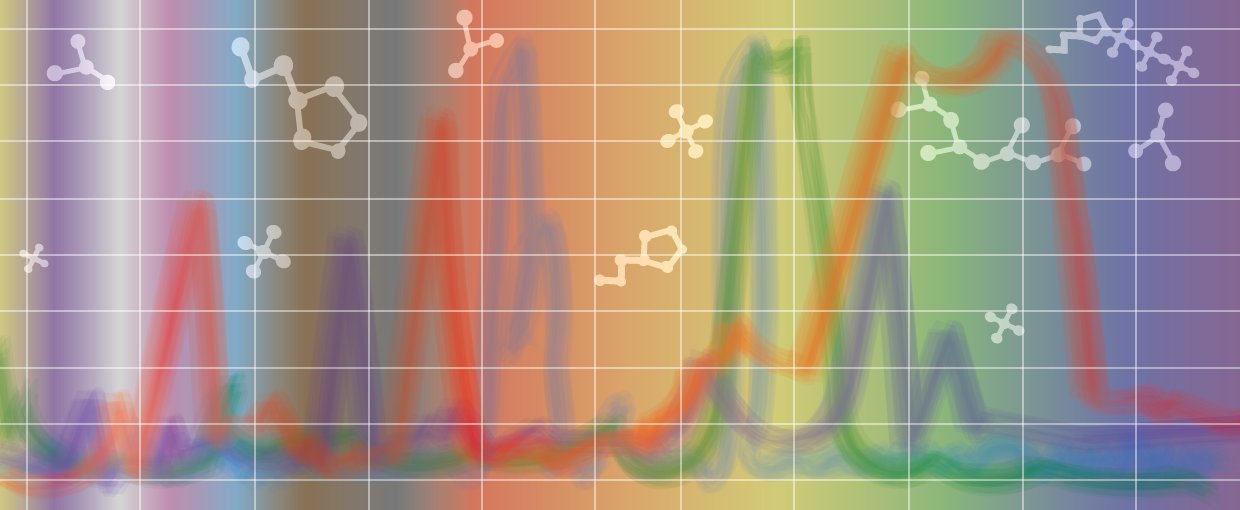Kump, L. R. (2014). Proc Natl Acad Sci USA, 111(39), 14062–14065. doi:10.1073/pnas.1321496111
Aponte, J. C., Dworkin, J. P., & Elsila, J. E. (2014). Geochimica et Cosmochimica Acta, 141(None), 331–345. doi:10.1016/j.gca.2014.06.035
Blaney, D. L., Wiens, R. C., Maurice, S., Clegg, S. M., Anderson, R. B., Kah, L. C., … Le Mouélic, S. (2014). Journal of Geophysical Research: Planets, 119(9), 2109–2131. doi:10.1002/2013je004590
Bovee, R. J., & Pearson, A. (2014). Geobiology, 12(6), 529–541. doi:10.1111/gbi.12099
Boyd, E. S., Thomas, K. M., Dai, Y., Boyd, J. M., & Wayne Outten, F. (2014). Biochemistry, 53(37), 5834–5847. doi:10.1021/bi500488r
Burton, A. S., Grunsfeld, S., Elsila, J. E., Glavin, D. P., & Dworkin, J. P. (2014). Polar Science, 8(3), 255–263. doi:10.1016/j.polar.2014.05.002
Claire, M. W., Kasting, J. F., Domagal-Goldman, S. D., Stüeken, E. E., Buick, R., & Meadows, V. S. (2014). Geochimica et Cosmochimica Acta, 141(None), 365–380. doi:10.1016/j.gca.2014.06.032
De Hoog, J. C. M., Lissenberg, C. J., Brooker, R. A., Hinton, R., Trail, D., & Hellebrand, E. (2014). Geochimica et Cosmochimica Acta, 141(None), 472–486. doi:10.1016/j.gca.2014.06.033
Gicquel, A., Milam, S. N., Villanueva, G. L., Remijan, A. J., Coulson, I. M., Chuang, Y-L., … Charnley, S. B. (2014). The Astrophysical Journal, 794(1), 1. doi:10.1088/0004-637x/794/1/1
Gold, D. A., Gates, R. D., & Jacobs, D. K. (2014). Molecular Biology and Evolution, 31(12), 3136–3147. doi:10.1093/molbev/msu243



